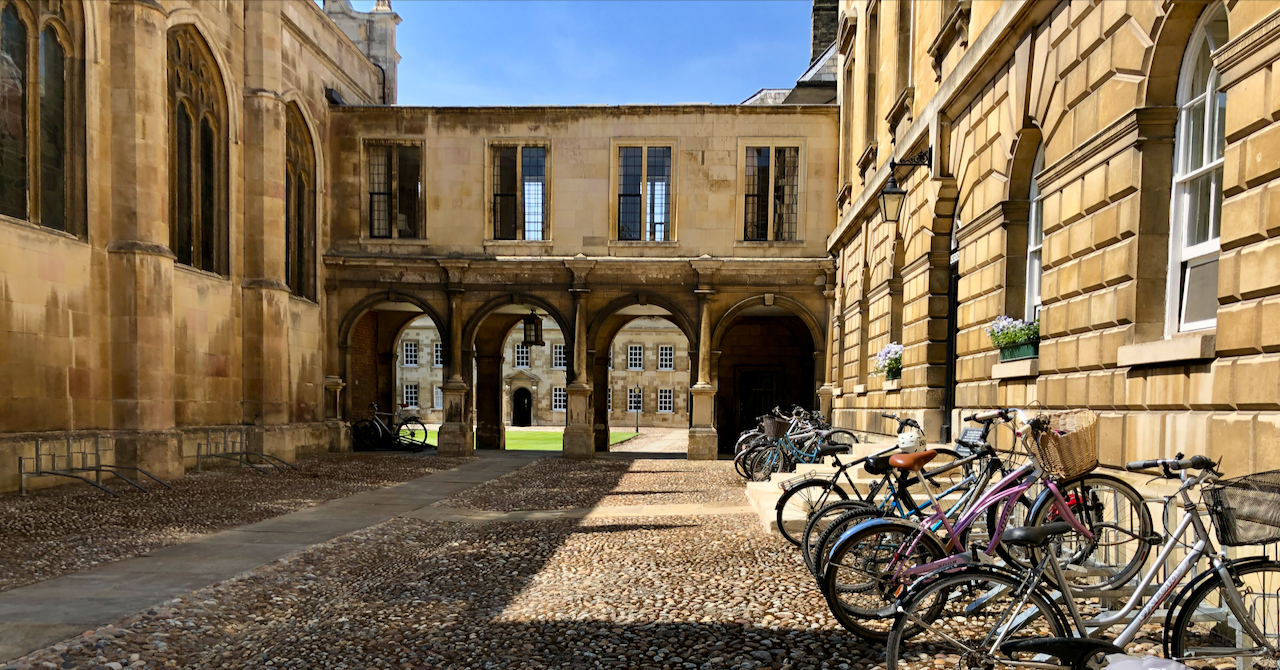Gerard Evan discusses inflammation and immune suppression in cancer
Yesterday we posted the first part of an extended interview with Professor Gerard Evan (Cambridge), where we discussed the oncogene MYC and what we have learned from his and others work in this emerging field.
It hard not to be in Cambridge and think of biology as anything but an seriously intellectual pursuit, and yet there are many lessons to be gained from a better understanding of why things do what they do – in both health and disease – if we are to even think about going about manipulating them therapeutically.

The river Cam in Cambridge earlier this year
Without much ado, here’s the second part of the interview with Prof Evan, where we channel our inner Socrates and focus on a lot of whys rather than hows.
We turn to discussing the biological principles around how MYC and KRAS behave in concert, what we do and don’t know about p53 as a tumour suppressor, plus a few other related topics of interest, including what happens to immune cells in their lung and pancreas cancer models. There’s also the little secret of what Prof Evan describes as the ‘dark matter of cancer biology.’
I highly recommend reading the previous post before moving on to digesting this portion of our enlightening discussion…
To learn more from out latest oncology expert interview and get a heads up on their perspectives, subscribers can log-in or you can click to gain access to BSB Premium Content.
This content is restricted to subscribers

